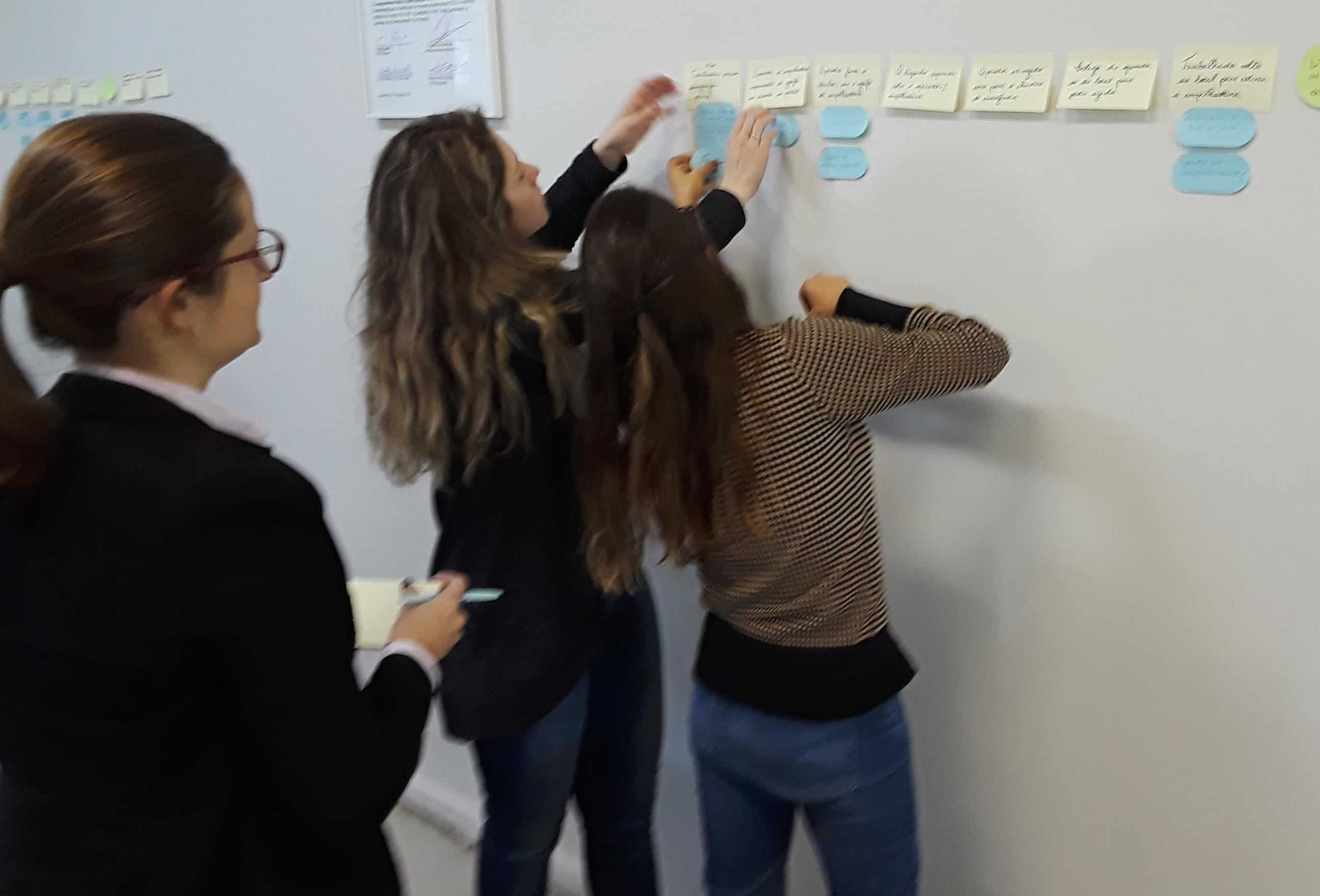TapRooT® Users Ahead of California PSM Regulations
You may have reviewed the new regulations for process safety at California refineries. This is a major change to the standard PSM rules in the USA for California refineries.
Here is the section from the “Incident Investigation” portion of the rule…
– – –
(o) Incident Investigation – Root Cause Analysis.
- The employer shall develop, implement and maintain effective written procedures for promptly investigating and reporting any incident that results in, or could reasonably have resulted in, a major incident.
- The written procedures shall include an effective method for conducting a thorough Root Cause Analysis.
- The employer shall initiate the incident investigation as promptly as possible, but no later than 48 hours following an incident. As part of the incident investigation, the employer shall conduct a Root Cause Analysis.
- The employer shall establish an Incident Investigation Team, which at a minimum shall consist of a person with expertise and experience in the process involved; a person with expertise in the employer’s Root Cause Analysis method; and a person with expertise in overseeing the investigation and analysis. The employer shall provide for employee participation pursuant to subsection (q). If the incident involved the work of a contractor, a representative of the contractor’s employees shall be included on the investigation team.
- The Incident Investigation Team shall implement the employer’s Root Cause Analysis method to determine the initiating causes of the incident. The analysis shall include an assessment of management system failures, including organizational and safety culture deficiencies.
- The Incident Investigation Team shall develop recommendations to address the findings of the Root Cause Analysis. The recommendations shall include interim measures that will prevent a recurrence or similar incident until final corrective actions can be implemented.
- The team shall prepare a written investigation report within ninety (90) calendar days of the incident. If the team demonstrates in writing that additional time is needed due to the complexity of the investigation, the team shall prepare a status report within ninety (90) calendar days of the incident and every thirty (30) calendar days thereafter until the investigation is complete. The team shall prepare a final investigation report within five (5) months of the incident.
- Investigation reports shall include:
(A) The date and time of the incident;
(B) The date and time the investigation began;
(C) A detailed description of the incident;
(D) The factors that caused or contributed to the incident, including direct causes, indirect causes and root causes, determined through the Root Cause Analysis;
(E) A list of any DMR(s), PHA(s), SPA(s), and HCA(s) that were reviewed as part of the investigation;
(F) Documentation of relevant findings from the review of DMR(s), PHA(s), SPA(s) and HCA(s);
(G) The Incident Investigation Team’s recommendations; and,
(H) Interim measures implemented by the employer. - The employer shall implement all recommendations in accordance with subsection (x).
- The employer shall complete an HCA in a timely manner for all recommendations that result from the investigation of a major incident. The employer shall append the HCA report to the investigation report.
- Investigation reports shall be provided to and upon request, reviewed with employees whose job tasks are affected by the incident. Investigation reports shall also be made available to all operating, maintenance and other personnel, including employees of contractors where applicable, whose work assignments are within the facility where the incident occurred or whose job tasks are relevant to the incident findings. Investigation reports shall be provided to employee representatives and, where applicable, contractor employee representatives.
- Incident investigation reports shall be retained for the life of the process unit.
– – –
TapRooT® Users already find management system, organizational, and cultural related root causes or generic causes that contributed to incidents they investigate. They also know about the hierarchy of controls (part of HCA analysis) and Safeguard Analysis (part of SPA) when developing corrective actions.
TapRooT® has always been ahead of its time in finding human factors related causes of incidents. Thus, TapRooT® Root Cause Analysis fits well with the Human Factors section of the California regulation…
– – –
(s) Human Factors.
- The employer shall develop, implement and maintain an effective written Human Factors program within eighteen (18) months following the effective date of this section.
- The employer shall include a written analysis of Human Factors, where relevant, in major changes, incident investigations, PHAs, MOOCs and HCAs. The analysis shall include a description of the selected methodologies and criteria for their use.
- The employer shall assess Human Factors in existing operating and maintenance procedures and shall revise these procedures accordingly. The employer shall complete fifty (50) percent of assessments and revisions within three (3) years following the effective date of this section and one hundred (100) percent within five (5) years.
- The Human Factors analysis shall apply an effective method in evaluating the following: staffing levels; the complexity of tasks; the length of time needed to complete tasks; the level of training, experience and expertise of employees; the human-machine and human-system interface; the physical challenges of the work environment in which the task is performed; employee fatigue and other effects of shiftwork and overtime; communication systems; and the understandability and clarity of operating and maintenance procedures.
- The Human Factors analysis of process controls shall include:
(A) Error-proof mechanisms;
(B) Automatic alerts; and,
(C) Automatic system shutdowns. - The employer shall include an assessment of Human Factors in new operating and maintenance procedures.
- The employer shall train operating and maintenance employees in the written Human Factors program.
- The employer shall provide for employee participation in the Human Factors program, pursuant to subsection (q).
- The employer shall make available and provide on request a copy of the written Human Factors program to employees and their representatives and to affected contractors, employees of contractors, and contractor employee representatives, pursuant to subsection (q).
– – –
These initial drafts of the regulation have been slightly modified at a public hearing last Fall.
The California Occupational Safety and Health Standards Board is set to review the revisions and comments on a meeting being held after the comment period expires on March 3, 2017.
While the new rule is being modified prior to adoption, California TapRooT® Users should be happy to know that they are already using a system that helps them meet and exceed the regulation being developed.



